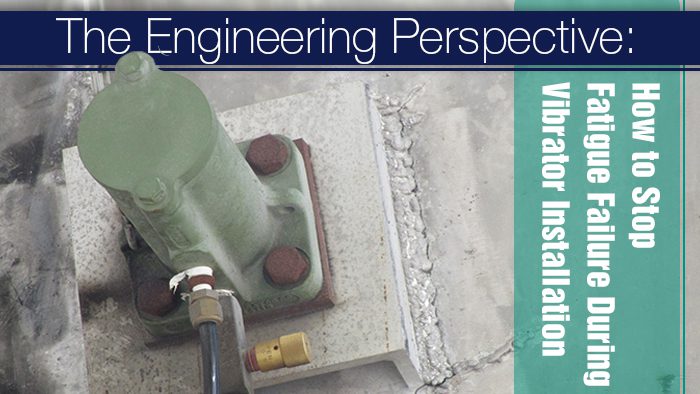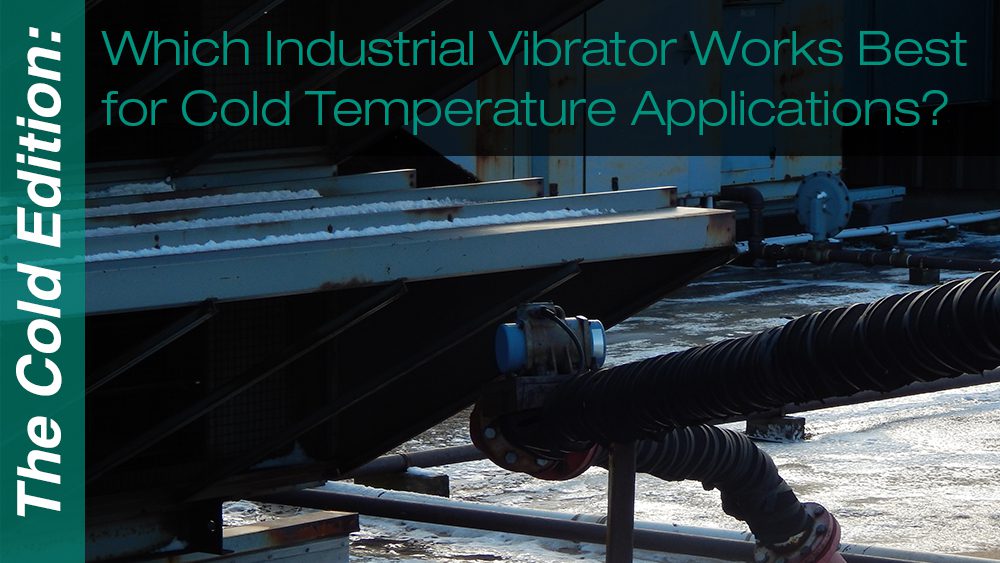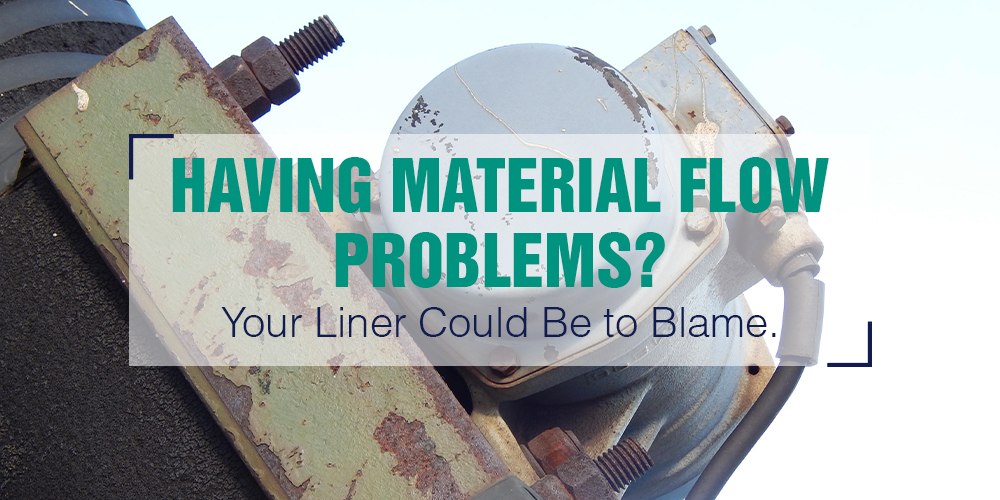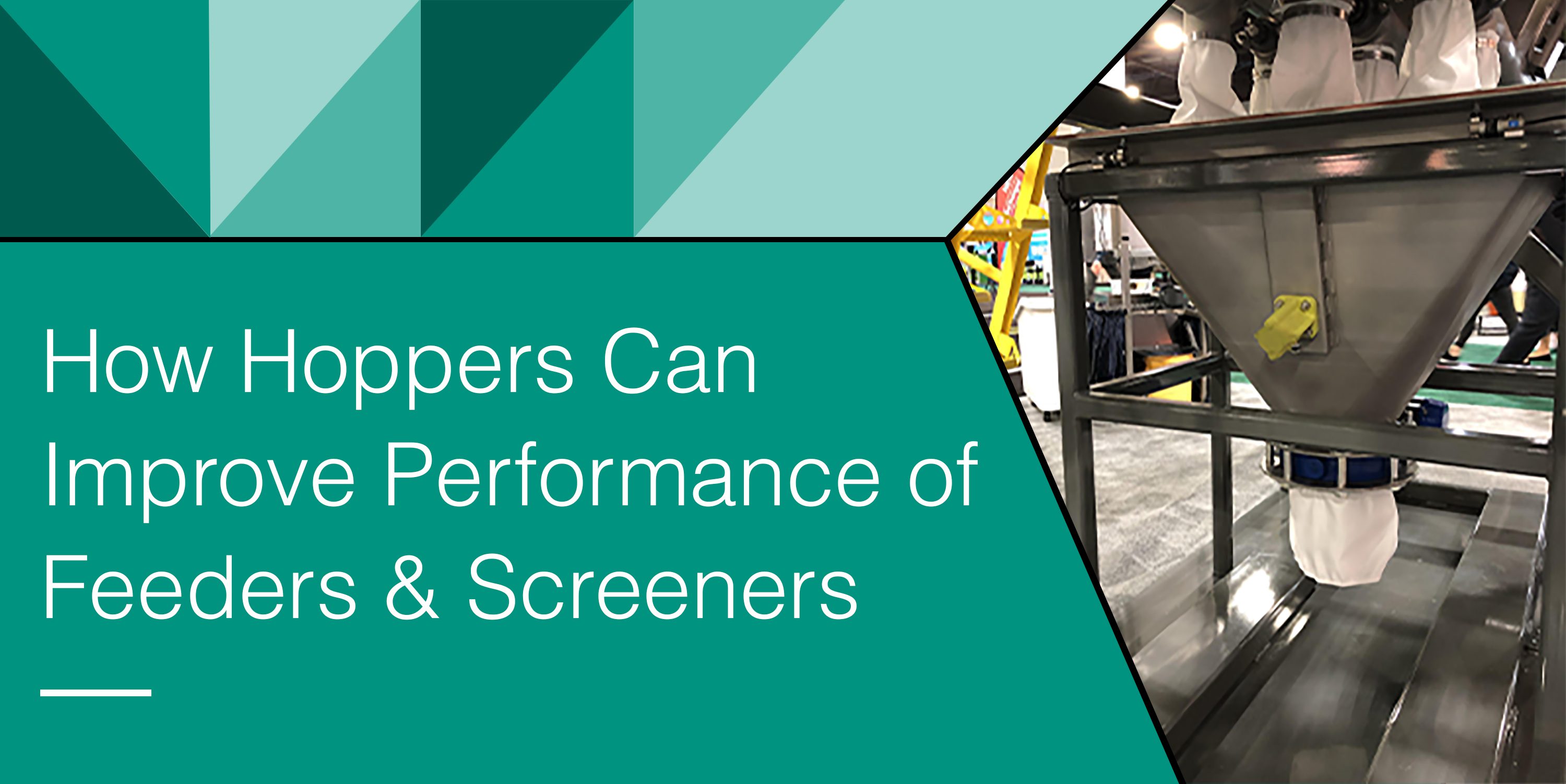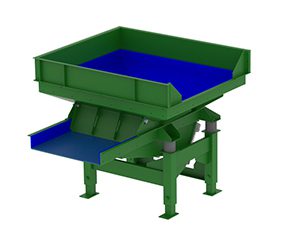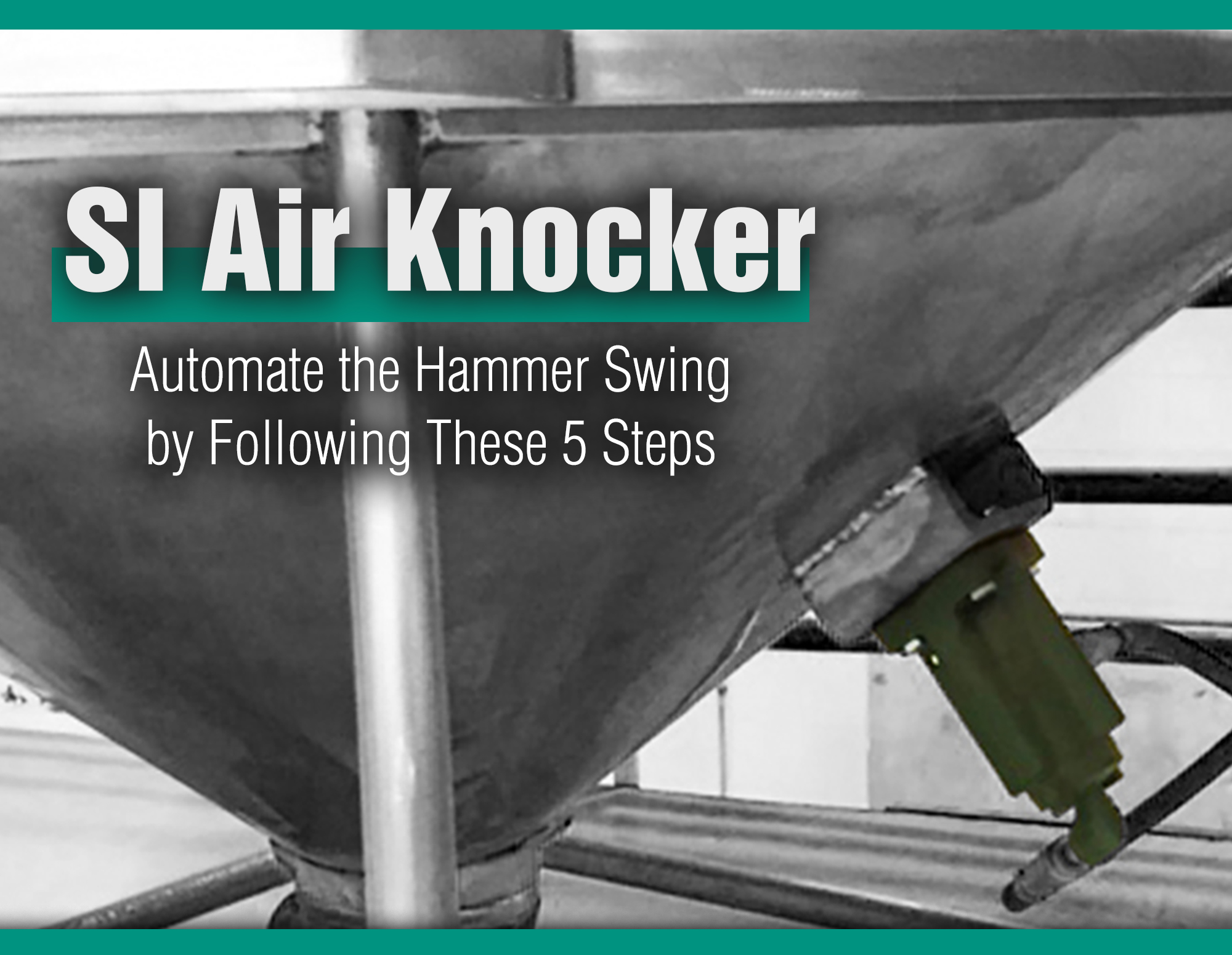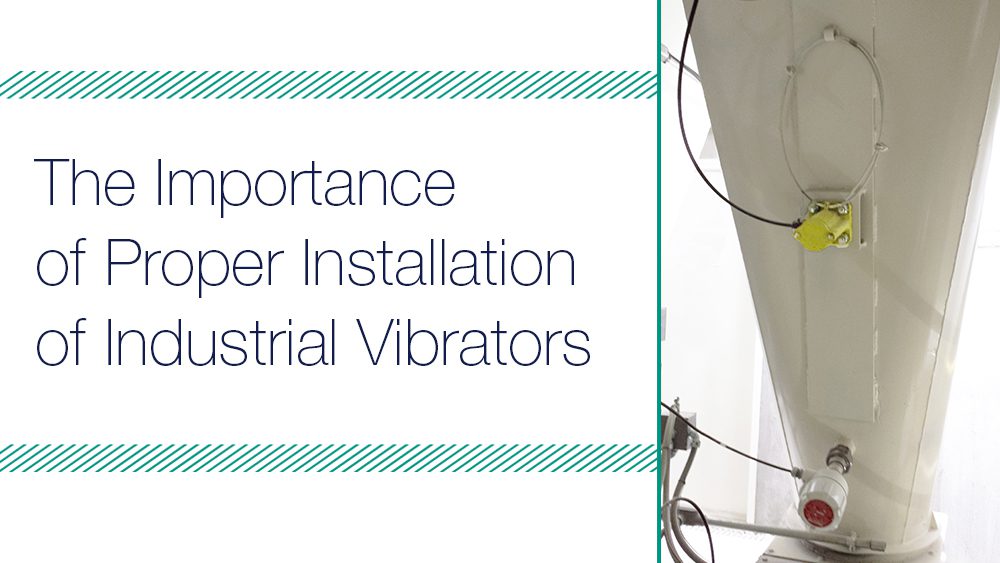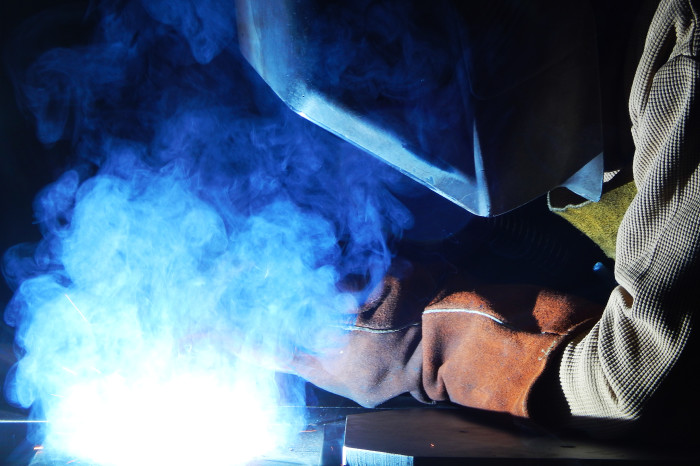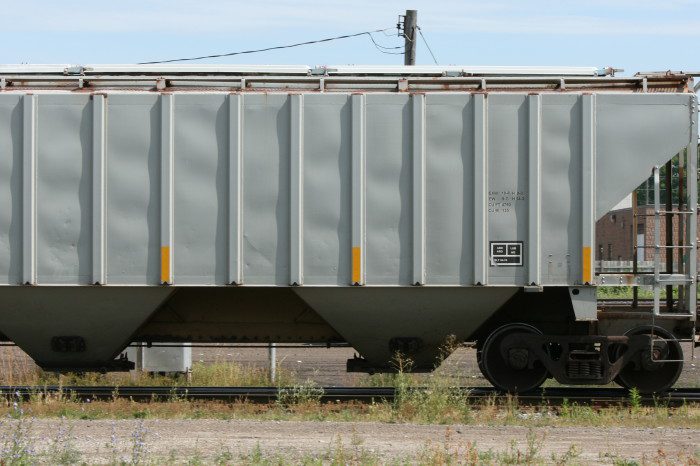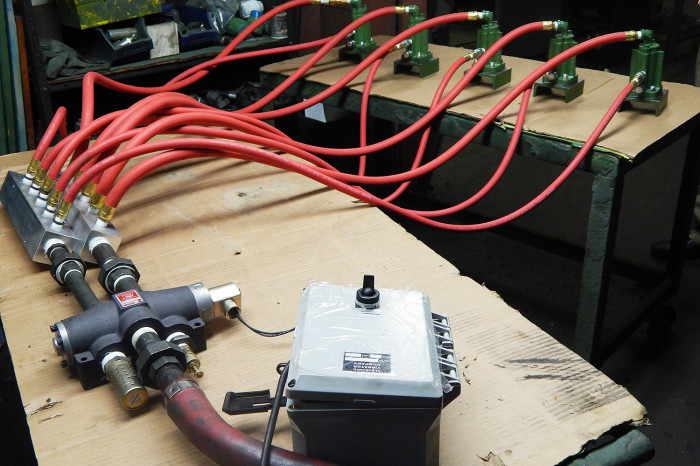The Engineering Perspective: How to Stop Fatigue Failure During Vibrator Installation
By Derek Stake
After reading some of our very informative blogs about vibration applications on hoppers, you probably learned that vibrators don’t damage equipment, wrong installations do. Those blogs described how critical it is to size the vibrator for your hopper applications and the importance of using a stitch weld to adhere the vibrator mount to the hopper wall. Now, I would like to provide some engineering support discussing why stitch welding is essential and further insight into how vibration works to improve material flow inside a hopper.
Read More…Share this blog post:


